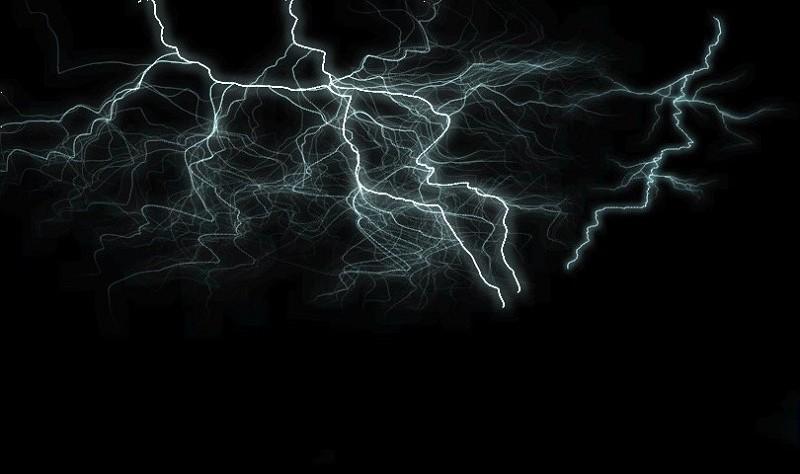This uncertainty applies, incidentally, to relatively nearby things as much as to the distant edges of the universe. As Donald Goldsmith notes, when astronomers say that the galaxy M87 is 60 million light-years away, what they really mean ("but do not often stress to the general public") is that it is somewhere between 40 million and 90 million light-years away—not quite the same thing. For the universe at large, matters are naturally magnified. Bearing all that in mind, the best bets these days for the age of the universe seem to be fixed on a range of about 12 billion to 13.5 billion years, but we remain a long way from unanimity.
順便說一句��,這種不確定狀態適用于比較近的東西��,也適用于遙遠的宇宙邊緣���。當天文學家說M87星系在6000萬光年以外的時候�����,正如唐納德·戈德史密斯說的,他們其實是在說(但并不經常在公眾面前強調)它大約在4 000萬─9000萬光年之間──二者不完全是一碼事。大宇宙里的事情自然是被夸大的�����。有鑒于此�����,我們目前有關宇宙最好的估計似乎是120億─135億年之間����,但距離意見一致還差得很遠�。

One interesting recently suggested theory is that the universe is not nearly as big as we thought, that when we peer into the distance some of the galaxies we see may simply be reflections, ghost images created by rebounded light.
近來有人提出了一種很有意思的理論����,認為宇宙根本沒有我們原來以為的那么大;我們凝望遠方所看到的有些星系��,也許只是映像��,是反射的光產生的重像��。
The fact is, there is a great deal, even at quite a fundamental level, that we don't know—not least what the universe is made of. When scientists calculate the amount of matter needed to hold things together, they always come up desperately short. It appears that at least 90 percent of the universe, and perhaps as much as 99 percent, is composed of Fritz Zwicky's "dark matter"—stuff that is by its nature invisible to us. It is slightly galling to think that we live in a universe that, for the most part, we can't even see, but there you are.
實際上,還有很多東西我們不知道��,甚至在很基本的層面上──至少不知道宇宙是怎么構成的�。當科學家們計算使東西保持在一起所需的物質的量的時候,結果總是發現遠遠不夠��。宇宙的至少90%����,也許多達99%,似乎是由弗里茨·茲維基認為的“暗物質”組成的──那種生性我們看不見的東西�。我們生活在一個多半連看都看不見的宇宙里�����,而卻毫無辦法,想到這一點真讓人覺得有點兒不是滋味��。












